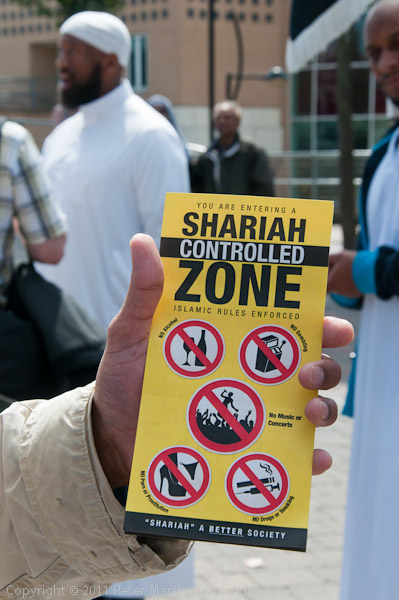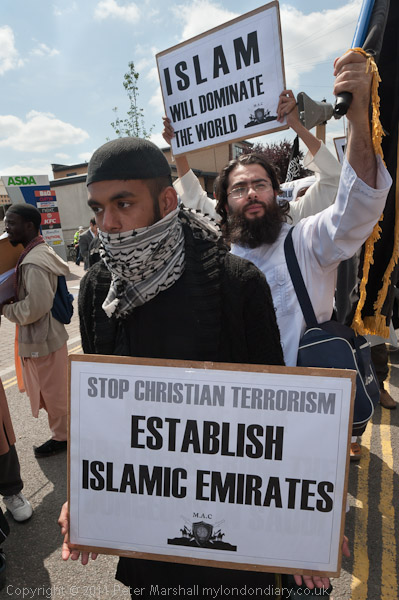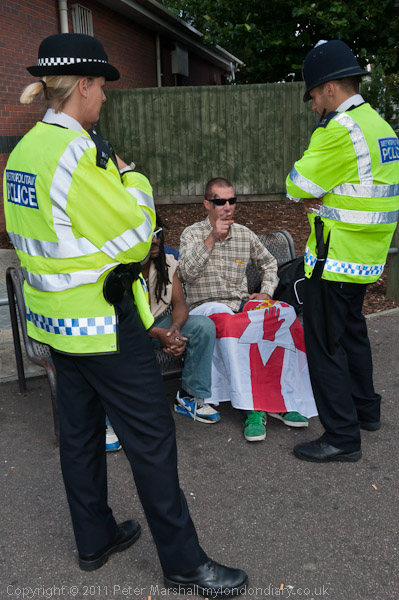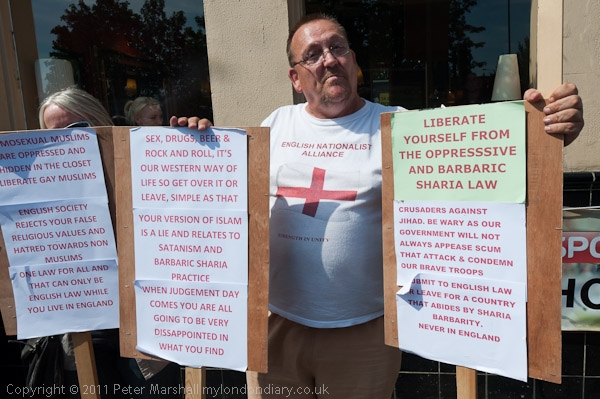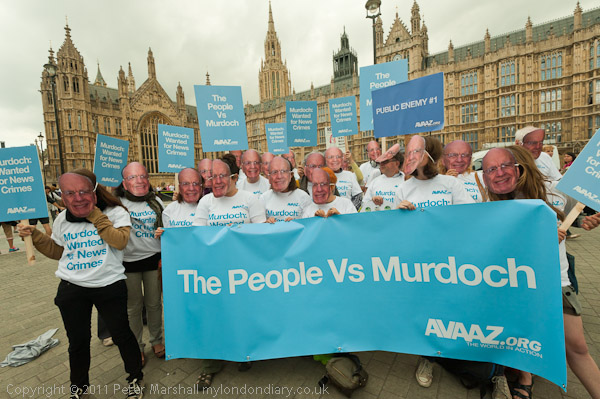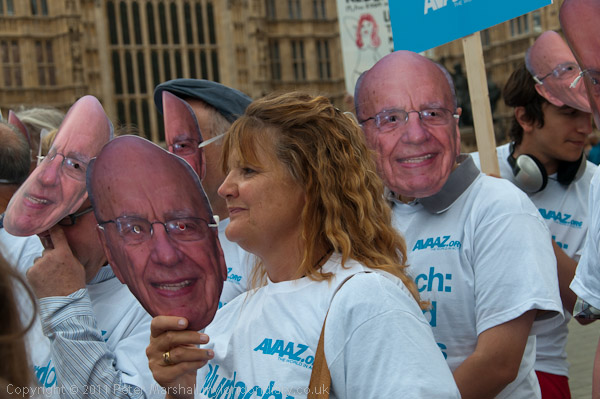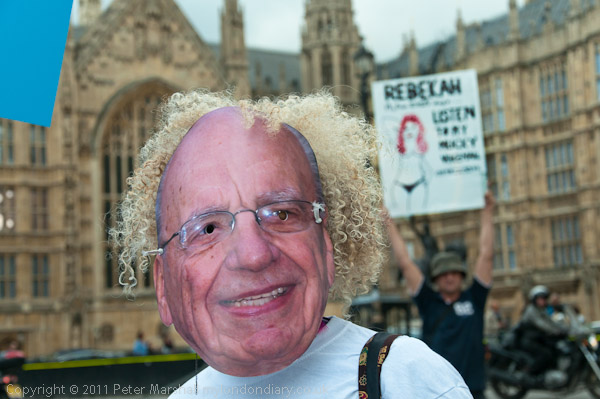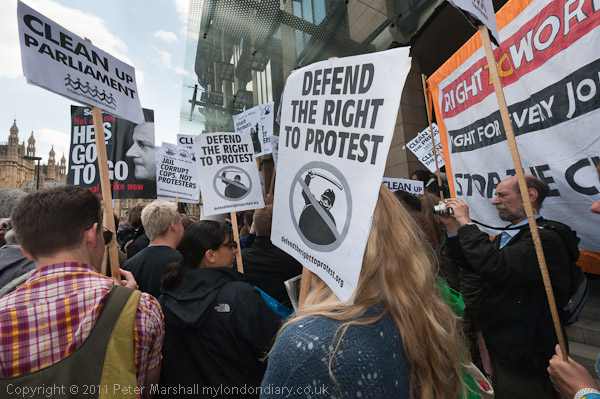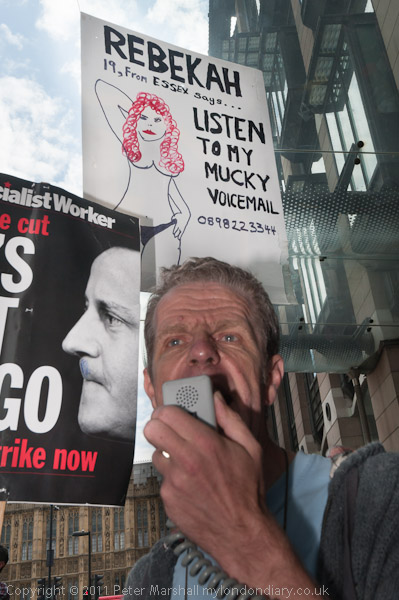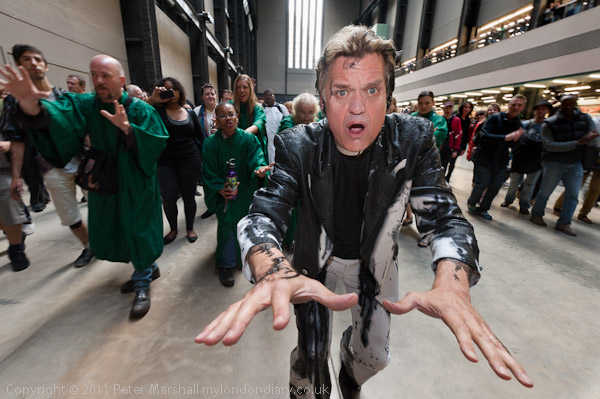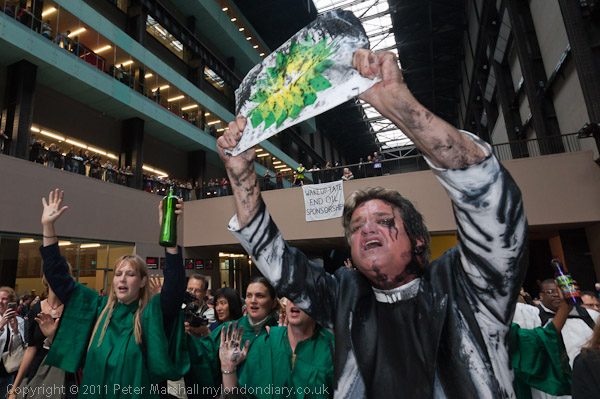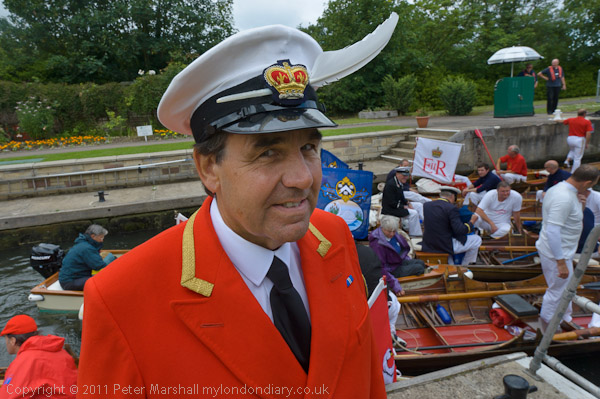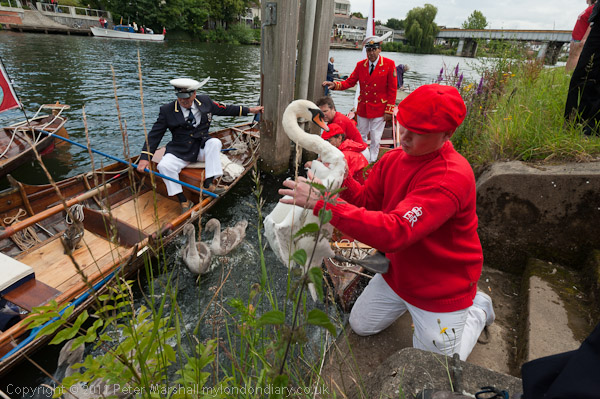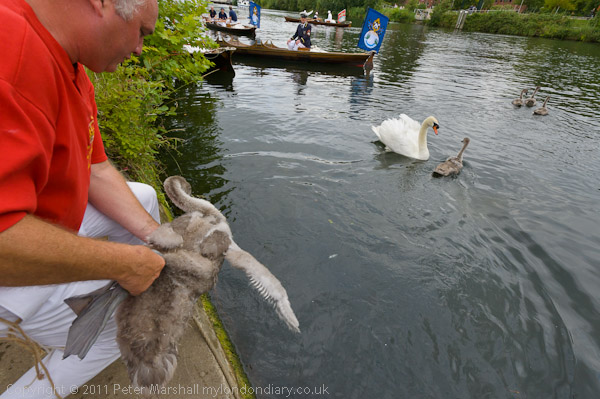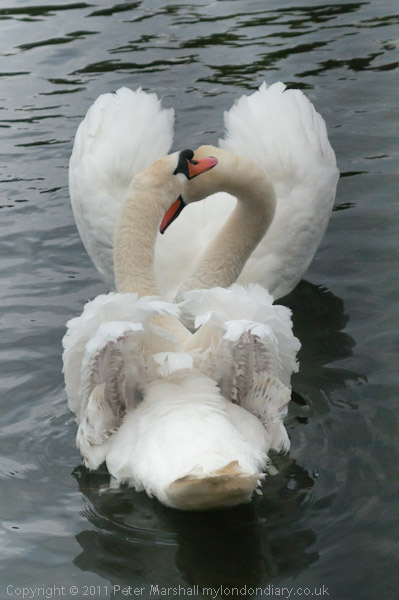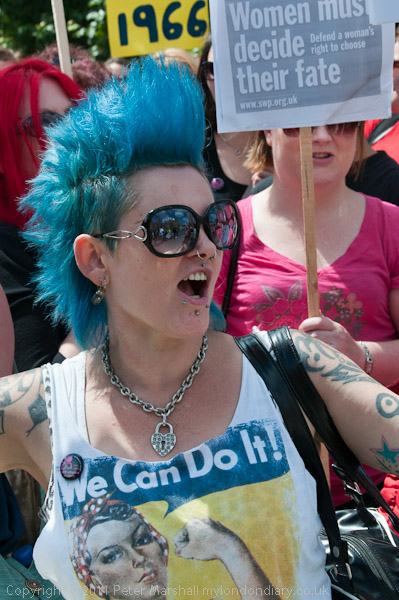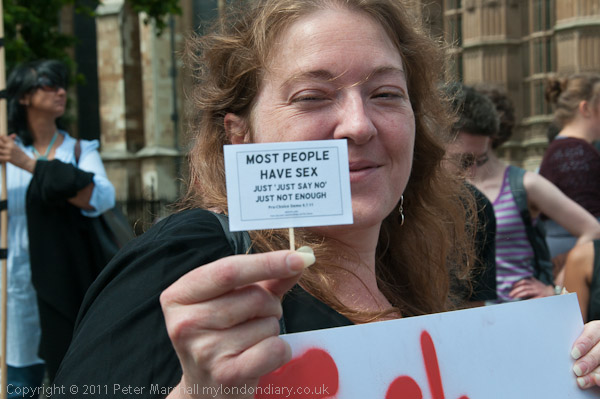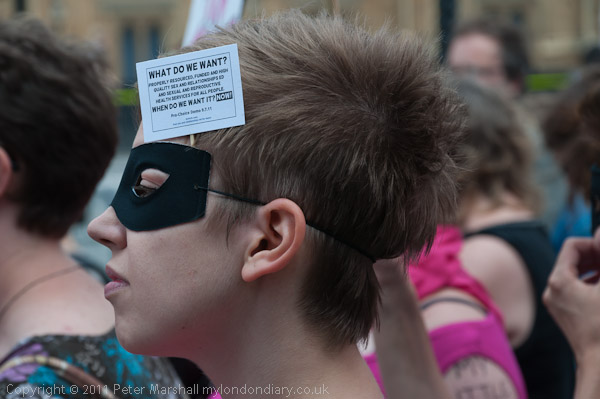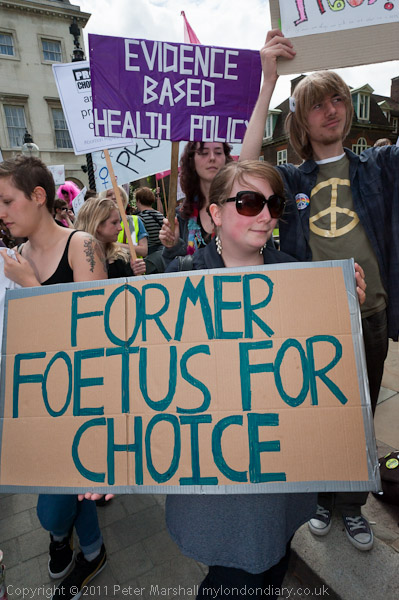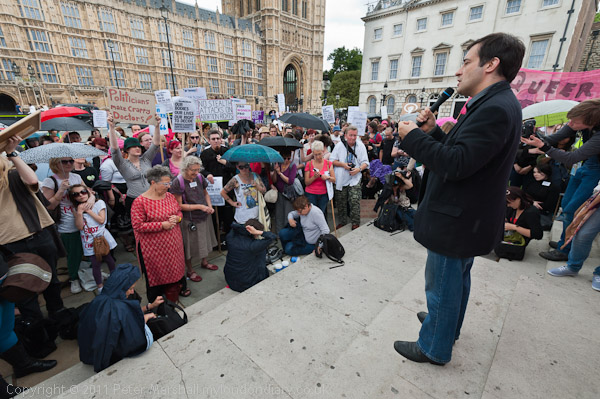Two weeks ago I wrote a post Arbus: 40 Years Gone which was prompted by a post by another blogger, James Pomerantz, who blogs as A Photo Student, and I started that post by mentioning this fact, then went on to say something about its content, which included a reproduction of the obit written for Village Voice by A D Coleman. And in the rest of the post I mentioned and commented briefly on a recent feature by Coleman himself on his blog.
I hadn’t expected the post to cause any particular controversy, but my piece brought Pomerantz’s post to the attention of Coleman, who had previously been unaware of the use of his work in this way. Naturally he took objection and demanded the removal of his piece from Pomerantz’s pages, as well as posting a comment on the blog there. You can read the rest of the story in Coleman’s own words in Night of the Living Infringers and a follow-up in Dog Days: News & Notes.
Copyright is vital to both photographers and writers and we should all take care to respect it, especially at a time when our government is making proposals that may damage it (see for example this article on the BJP site.
Regular readers of this blog will doubtless have realised that almost all of the pictures I post here were taken by me. On the few occasions I have posted images by others, I think I have always had at least their verbal permission to do so. Similar considerations apply to the use of text, although I often quote from other articles on the web or in print I always try to be careful to only quote small portions of them and to give a link to the original. I still follow the very clear rules which applied to me working for a major publishing organisation writing ‘About Photography’, which were both editorial policy and also accorded with my own respect for the intellectual property rights of others.
That doesn’t mean that I’m not willing to share my work. Everyone is welcome to view the more than 50,000 images I’ve put on line and to read the millions of words I’ve written. You can even print them out for your own personal, private use if you want. But if you want to publish them in any way – electronic or otherwise – and thus distribute them to others you need my permission, and certainly if you are being paid to do so or you or anyone else is in any way profiting from that publication then I would normally expect my fair share of that profit. Because it is my work you are using.
‘Fair Use’ is often cited by bloggers, but it has very strict limits, both geographical and in what it allows. I should make it clear that I’m not a lawyer, but there is a very clear discussion of the US law on this on Wikipedia. In the UK, as Wikipedia also states, the concept is known as ‘fair dealing’, and is limited “research and private study (both must be non-commercial), criticism, review, and news reporting.” Most educational establishments pay licences which allow their students and staff to copy work in ways that fall outside these restrictions for images in books and magazines, and like most photographers I submit a ‘Payback’ claim every year to DACS stating the number of my works that have been published, and receive an annual payment for this use. If you haven’t done a return yet, this year’s Payback deadline is Friday 9 September 2011.
Bloggers have to respect copyright just like anyone else. Failing to do so is unfair to the creators of the work and also unfair to other bloggers who play by the rules. Back when I blogged and posted for a living I often had e-mail from readers asking why I didn’t always display the images I was writing about in my posts rather than simply linking to somewhere where they could be viewed. Just like many other web sites did without permission.
